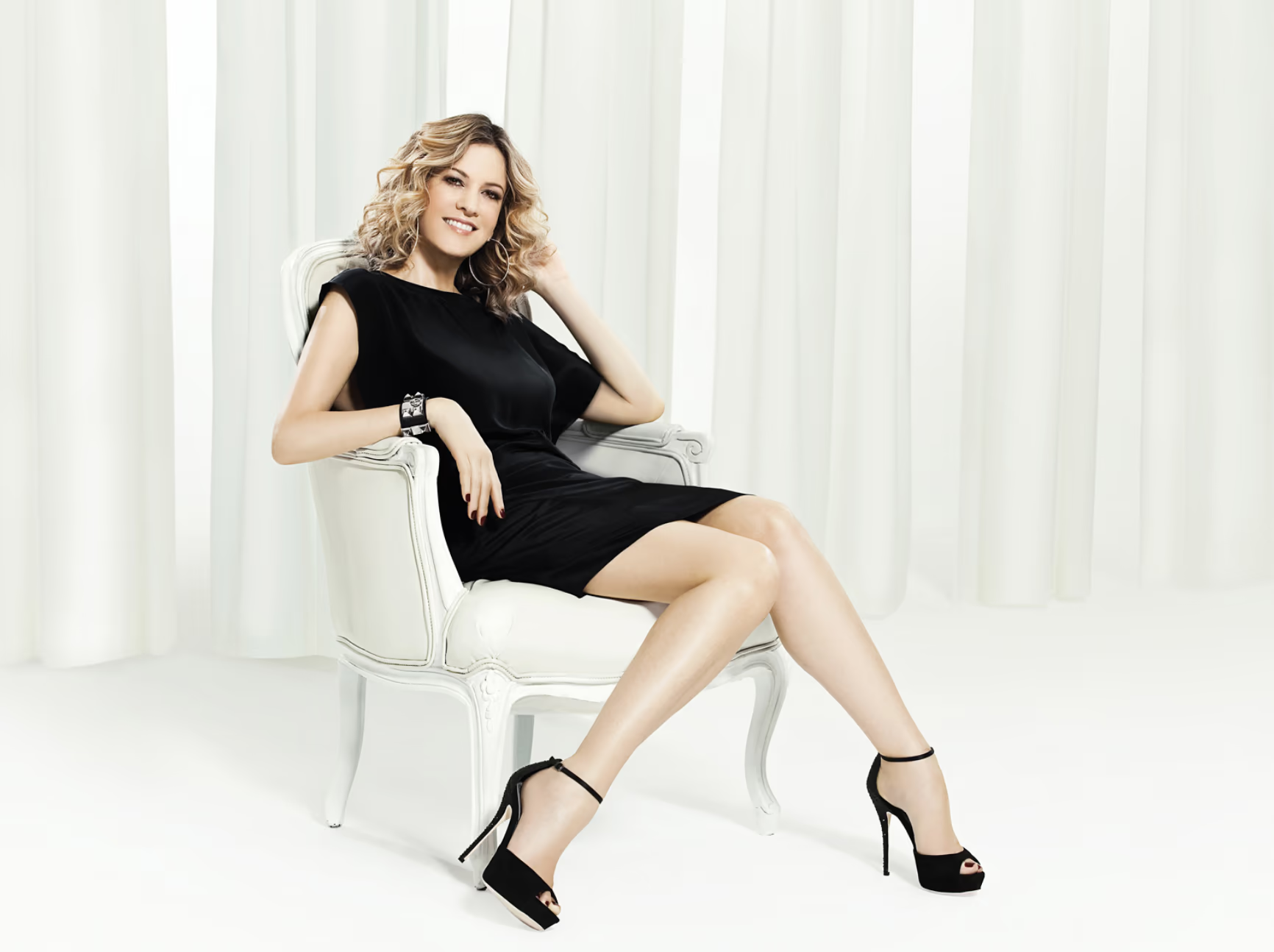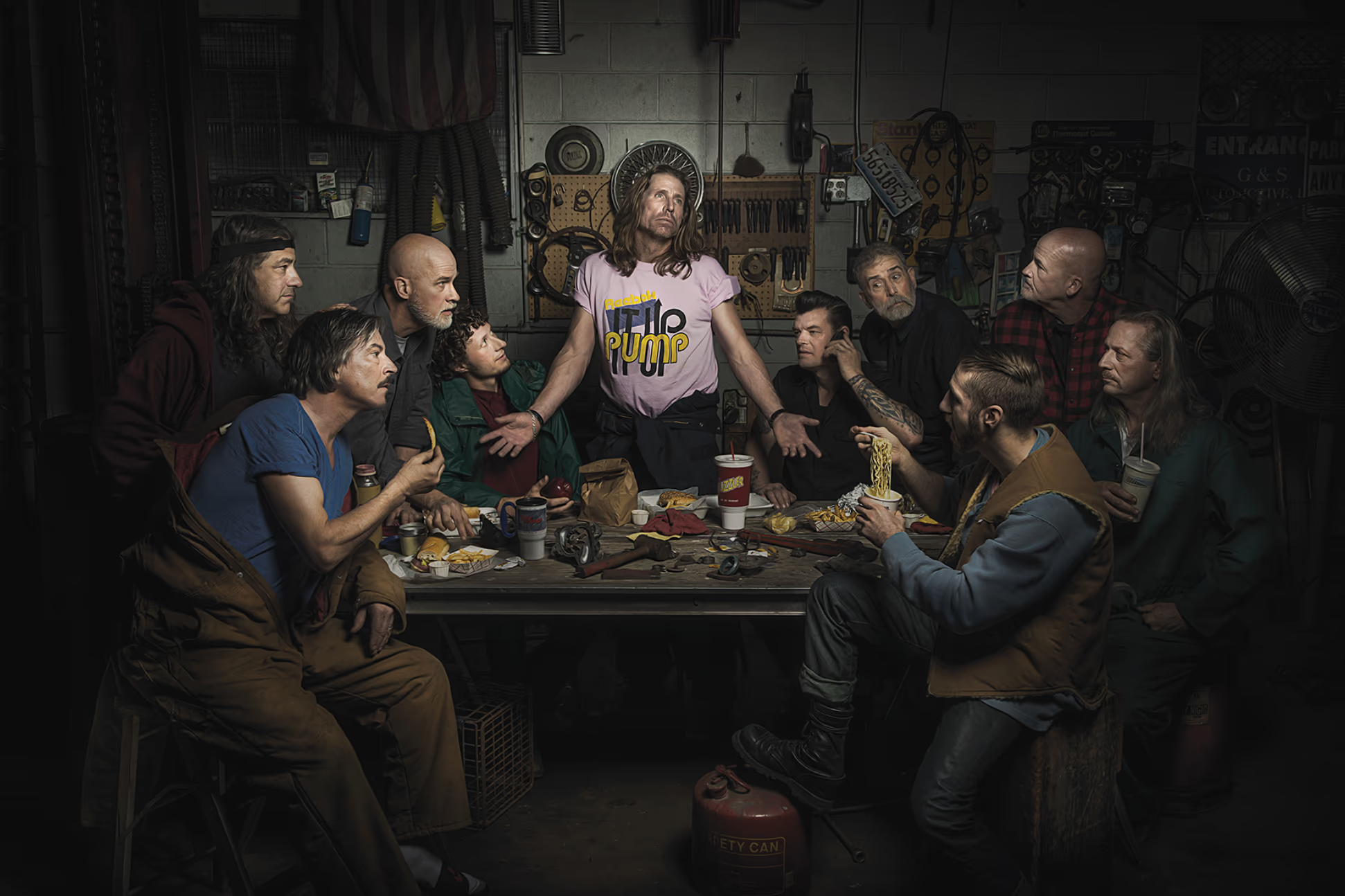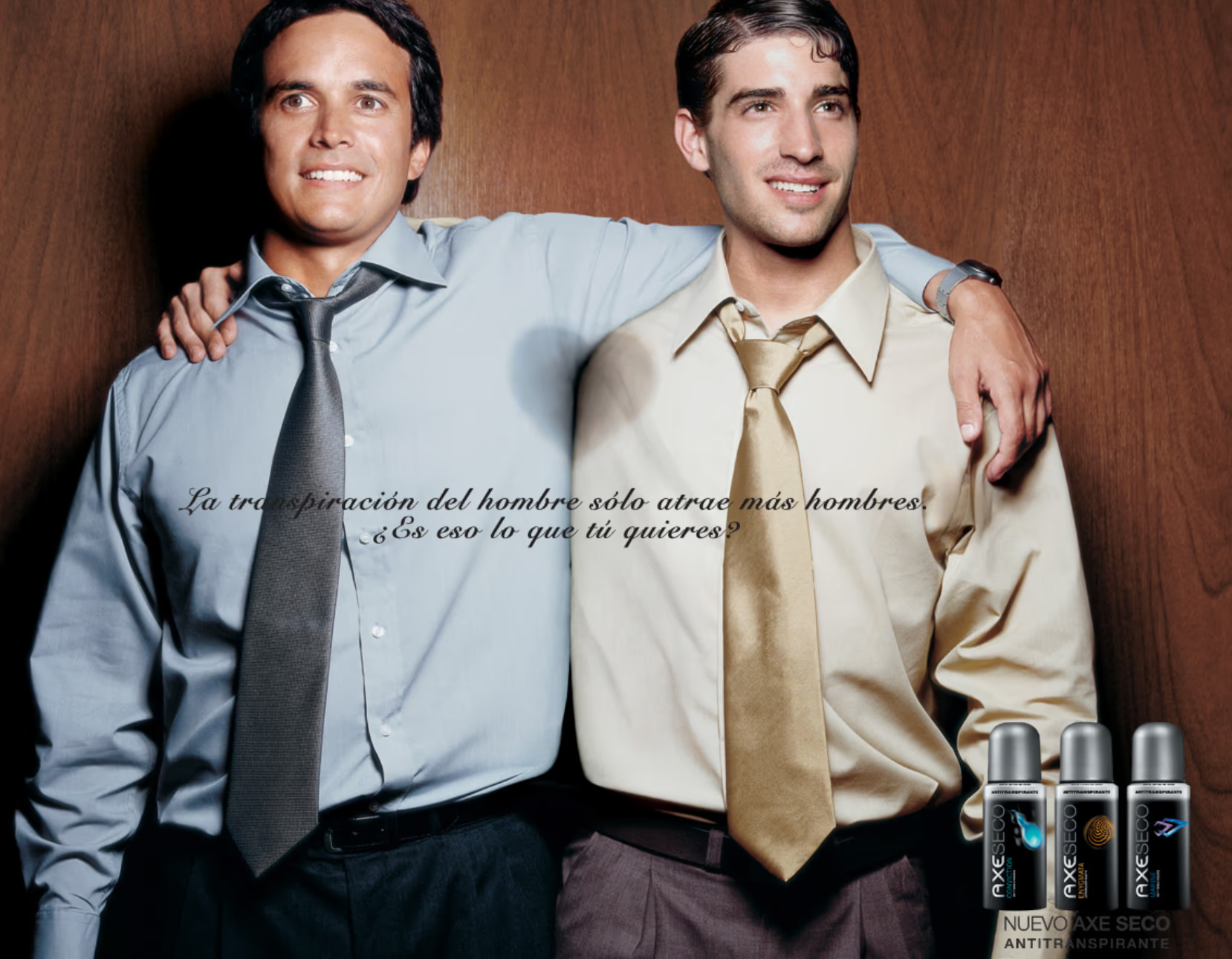Freddy described how he started to take photos and went from an assistant in a photo studio to a well-known in wide range of photography masters. New York photographer Freddy Fabris has gained immense popularity in the network thanks to the rethinking of the paintings of famous Renaissance artists and their reproduction in absolutely unpredictable situations. He still continues to work on this series, as well as creating many commercial works for world famous brands.
Do you remember the moment when you decided to become a photographer? Why did you take this decision?
Yes, absolutely! I was beginning my studies to become a graphic designer and was taking photography and painting classes on the side, one day I was on the phone with a friend of mine, and he mentioned his stepdad (a well known advertising photographer) was looking to hire a new assistant, since it was a full time job it didn’t work with my schedule, so I turned it down and we continued our conversation, 10 min later I called him back and asked him to refer me for an interview. Two days later I walked in to the interview with just a bunch of B/W prints from my first steps at the creative photography school I was attending, I got the job (despite he had already selected a candidate at that point, but he was well impressed by my prints). I was an assistant for about a year, doing everything from running errands to working the dark room, developing & printing, setting up the lights for shoots, etc etc. After a year I was the second photographer at the studio and was in charge of the smaller projects plus supervising assistants and production crew. A year later, I left and opened my own studio, the rest is history…

Before you started working with well-known brands (Coca-Cole, McDonald’s, Adidas, Panasonic), how long did you study? What were your works in the first years of photography?
I barely studied about 6 months at a creative photography school, once I started working as an assistant, I was learning at a 10x speed, working is a great way to learn, you have little to no margin for error, you are in or out. When I first opened my own studio I had 3 studio strobes, a used 6x6 Mamiya. When you have a limited amount of equipment you are forced to maximize your creative mind and resourcefulness (eventually I turned to Hasselblad and yes, we had a polaroid back). An art buyer friend at Y&R sent us our first gigs, we would shoot pretty basic product stuff and talent on white sweep for Carrefour ads on the Sunday newspaper, but it payed the bills and little by little I started working for more agencies and was assigned better projects.
Did you have a teacher? Or did you study on your own?
I would say I’m pretty much self taught, I consider that in any creative career you are the sum of a lot of layers of learning, part is teachers (my painting teacher, my first photography teacher, my first boss at the photo studio) then there is your own research (shoot, miss, shoot again, you never stop learning really) and then your life experiences, the music you listen to, the videos you watch, the books you read, everything and anything can be a source of inspiration and a learning experience.







The Renaissance project. He conquered the Internet. Do you agree? Was there a feeling that after his success you woke up famous?
Yes, I agree with the first part of that question, I thought only cat videos and stuff like that went viral, I never thought a project like The Renaissance Series could go viral the way it did.
Famous? No, I don’t feel that way at all, it’s not about me, it’s about the work. I love that so many people around the world have appreciated the series and the fact that it’s now considered fine art and sold at art galleries is great, going viral gives your work great exposure, but for me it’s not an ego trip. I consider ego a negative part in any equation in life.




This project shows the scenes of famous Renaissance paintings. Tell me how did you get this idea?
Well, photography emulating classic paintings is not new, It was something I always wanted to do, probably because I have studied painting as well, but I wanted to find a way of showing it from a different perspective that I hadn't really seen done before.
Why did you choose mechanics to be the main characters?
Why not!? :-) I knew the owner of this amazingly gritty car shop, and the place just inspired me to create the series with mechanics, I was in there and saw this hubcap hanging on the wall, and the image of the halo behind most depictions of Jesus popped in my mind, I turned around and I saw this old spare part catalogue book, it was perfect for the anatomy lesson, after 15 min walking around the space I had the general ideas and backgrounds for the series, after years of brewing in the back of my mind, it was all coming together, everything was falling in to place.




What feedback did you get about this project? Tell me about the most positive and the most negative.
The positive where the awards, the amount of emails from all around the world from people that just loved the series, a lot of people that felt touched because they had a car shop or their Dad had been a mechanic, stuff like that, pretty touching. I can’t single out one, it was an overwhelming amount of feedback. The most negative, none really, maybe some troll comments on BoredPanda or Reddit, but you will always get those going viral, they are irrelevant.
What do you like more: create commerce projects (for example, advertising for well-known brands) or non-commercial projects (such as Renaissance)?
I enjoy both, each one has it’s own challenges and rewards. As a professional photographer, sometimes when you go back to your personal stuff you have to learn to set aside other things that have to do with your work. How do you shoot for yourself and not to please a client? At the same time, you’re your own client, so it is an interesting process. I feel like when you go back into your personal projects you have to find yourself again.
What is the budget of the advertising project you create?
Well, that depends on the scope of each project, it can go anywhere from $30,000 to $300,000, it varies a lot from one project to another.



Plots of advertising projects do you come up with or a client? Can you tell us the process of creating and implementing an idea for one of your advertising projects?
Generally the Ad Agency comes up with ideas, but sometimes you can work and in hand with the creatives to make the ideas grow in to the final concepts, the Goldilocks project is a good example. I worked with the creatives on details for every page of this book / catalogue presentation where we did an auto mechanic version of the Goldilocks child story.
Do you work alone or you have a team?
I work with different people depending on the project, the one part of my team that i always collaborate with is my retoucher, Diego Speroni, now based in Madrid.
Tell us about your most extreme shooting.
Probably the Polar swimsuit beer calendar, we shot in the mountains in Venezuela for 3 weeks, moving our equipment, models and crew in 4x4 trucks driven by professional rally drivers, going up and down some pretty steep muddy roads. Weather was crazy, it could go from sun to wind & rain in 20 min, three times a day.
The other project that was pretty intense was the Mexican 2014 soccer team for Adidas, we shot for 2 days in Mexico city, one day on location with the players, one day at the Aztec stadium with 20 actors and 150 extras, that was wild!
What inspires you? How do you like to relax and do you often do it?
Life inspires me! lots of different things. Relax? Sushi, surf, a beach… not as often as I would like to.
Can you find out your creative plans for the near future?
Working on the concepts for the continuation of the Renaissance series (no mechanic’s…) hopefully shooting that in the next months.
What can you wish for beginners and amateurs in photography?
Shoot! Shoot! Shoot! Never give up! Find your voice and the stories you want to tell through your images.